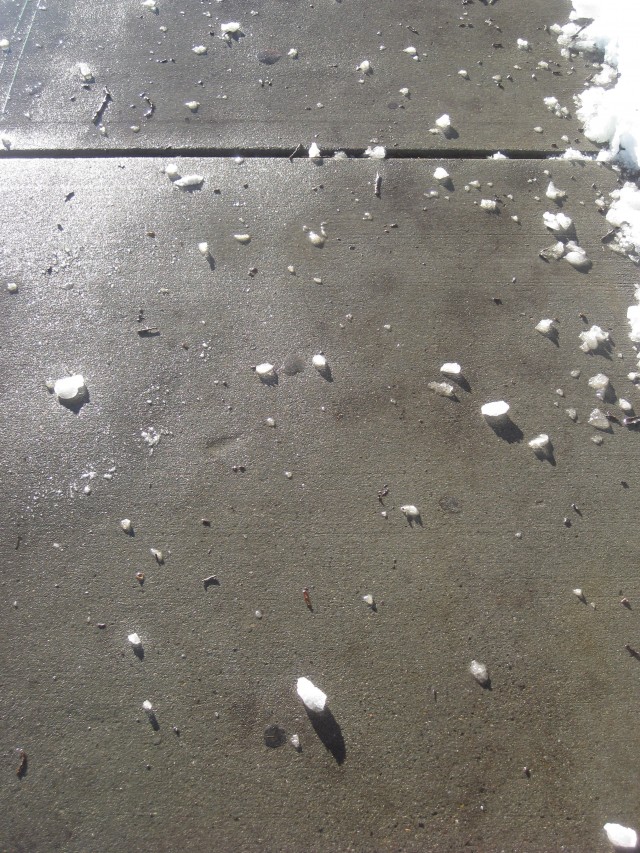Is big.
Is a lapsezone.
Sometimes we have to describe what we are not sure we are looking at. It can be tempting to diagnose it while describing, especially if technical parlance is available for some of what we see. Diagnostic word-choice is dangerous decision-making. It can rule things out too early.
Description is work. The benefits are safety, quality, and the possibility of understanding. The costs are gratification, seeming certain, and up-front time.
The costs of skipping description work are long-term time and money. And unnecessary suffering.
In art, description is called world-reading, beholding, or viewing. It’s that push to translate into expression what is beyond words. Artists can describe that push really well – after all, that’s what they do. Poet Mark Doty begins his book, “it sounds like a simple thing, to say what you see.”
In medicine, description is called an art. Like the art-part of a profession that is part science part art. And, in the name of art, description is too often left mysterious and undescribed.
Description is problem-knowing. It is a necessary place to spend time in the quest for problem-solving. It feels weird to spend time there. But that’s how it is supposed to feel. John Dewey has some good stuff to say on the matter – he calls it downright painful. Artists know all about that place, too. They make their work from there. Eric Booth calls it “the liminal zone.”
Description may feel uncertain for the clinician performing it. Experts have learned to embrace it.
On the receiving end, it feels respectful. When done well, description is the start to healing.



2 Responses to “The difference between saying what you see and deciding what it is”
Clear, neutral description demands an energy, a step by step deliberation and series of repeated observations that judgment and diagnosis and opinion do not.
What a very informative site, I have found alot of very useful information here and still have a lot more to read. Thank you very much for the time and effort you have put in….